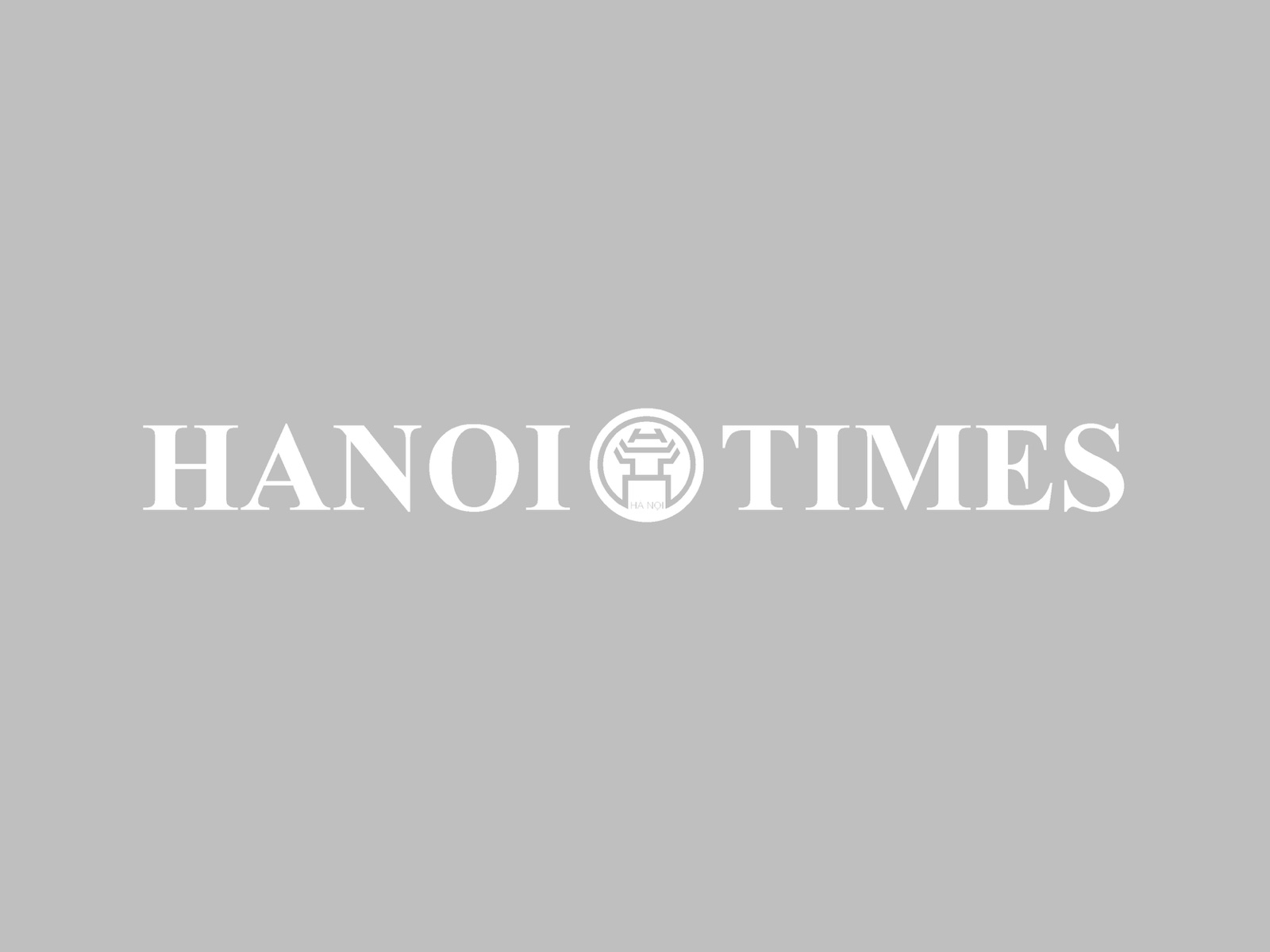Econ
Vietnam PM demands no power shortage at all cost
Jul 16, 2019 / 03:53 PM
All related agencies are required to facilitate the power generation to accommodate the economic growth.
Vietnam’s Prime Minister Nguyen Xuan Phuc on July 15 asked the Ministry of Industry and Trade (MOIT) and related parties to ensure sufficient power for economic development and domestic consumption.
The ministry and the whole industry must fulfil the target at all cost as the power shortage vision may shadow Vietnam in 2022-2023 or in 2021 at the earliest, the government’s portal quoted the PM as saying.
For the national goal, Vietnam Electricity (EVN), the country’s sole power distributor, must play a crucial role in this process. Meanwhile, Vietnam National Oil and Gas Group (PetroVietnam-PVN) and Vietnam National Coal-Mineral Industries Holding Corp (Vinacomin) are also responsible for investing in power generation, the PM said.
Vietnam’s power industry must be self-reliant without depending on outside sources and must be more transparent in calling for investment, generating and distributing electricity as part of efforts to encourage private sector investment in power production, he said.
In details, Vinacomin must supply coal as much as possible for thermal power plants while PVN needs to ensure sufficient gas supply to gas-fueled power facilities.
The MOIT and the Committee for Management of State Capital at Enterprises (CMSC) are required to slash coal import procedures and speed up the import of coal in case of thin local supply.
The MOIT is asked to report the construction process of big ongoing power projects while the State Bank of Vietnam needs to facilitate the lending to power projects.
Local governments must create favorable conditions, especially site clearance for power investors, the PM said.
Meanwhile, the government will seek special mechanisms for power projects, the government said on its website.
The MOIT last month warned of power shortage, saying that the situation may cast its shadow over Vietnam in 2020, mostly in the southern region due to the sluggishness of many energy projects, including Kien Giang 1 and 2 Thermal Power projects and O Mon 2 Gas-fired Power project which would fail to become operational in 2021-2025.
In case Long Phu 1 Thermal Power project would fail to meet the completion deadline by 2023, the situation would be worse in 2024-2025, the ministry predicted.
More seriously, the power shortage might happen in the southern region in 2021-2025 due to rising consumption volume. The shortage might hit 3.7 billion kWh in 2021, nearly 10 billion kWh in 2022, 12 billion kWh in 2023, 7 billion kWh in 2024, and 3.5 kWh in 2025.
Under the revised Power Plan VII, the country’s total capacity may reach 95,700 MW for the 2016-2030 period but the realistic figure would be around 80,200 MW.

Vietnamese Prime Minister Nguyen Xuan Phuc. Photo: VGP
|
For the national goal, Vietnam Electricity (EVN), the country’s sole power distributor, must play a crucial role in this process. Meanwhile, Vietnam National Oil and Gas Group (PetroVietnam-PVN) and Vietnam National Coal-Mineral Industries Holding Corp (Vinacomin) are also responsible for investing in power generation, the PM said.
Vietnam’s power industry must be self-reliant without depending on outside sources and must be more transparent in calling for investment, generating and distributing electricity as part of efforts to encourage private sector investment in power production, he said.
In details, Vinacomin must supply coal as much as possible for thermal power plants while PVN needs to ensure sufficient gas supply to gas-fueled power facilities.
The MOIT and the Committee for Management of State Capital at Enterprises (CMSC) are required to slash coal import procedures and speed up the import of coal in case of thin local supply.
The MOIT is asked to report the construction process of big ongoing power projects while the State Bank of Vietnam needs to facilitate the lending to power projects.
Local governments must create favorable conditions, especially site clearance for power investors, the PM said.
Meanwhile, the government will seek special mechanisms for power projects, the government said on its website.
The MOIT last month warned of power shortage, saying that the situation may cast its shadow over Vietnam in 2020, mostly in the southern region due to the sluggishness of many energy projects, including Kien Giang 1 and 2 Thermal Power projects and O Mon 2 Gas-fired Power project which would fail to become operational in 2021-2025.
In case Long Phu 1 Thermal Power project would fail to meet the completion deadline by 2023, the situation would be worse in 2024-2025, the ministry predicted.
More seriously, the power shortage might happen in the southern region in 2021-2025 due to rising consumption volume. The shortage might hit 3.7 billion kWh in 2021, nearly 10 billion kWh in 2022, 12 billion kWh in 2023, 7 billion kWh in 2024, and 3.5 kWh in 2025.
Under the revised Power Plan VII, the country’s total capacity may reach 95,700 MW for the 2016-2030 period but the realistic figure would be around 80,200 MW.








